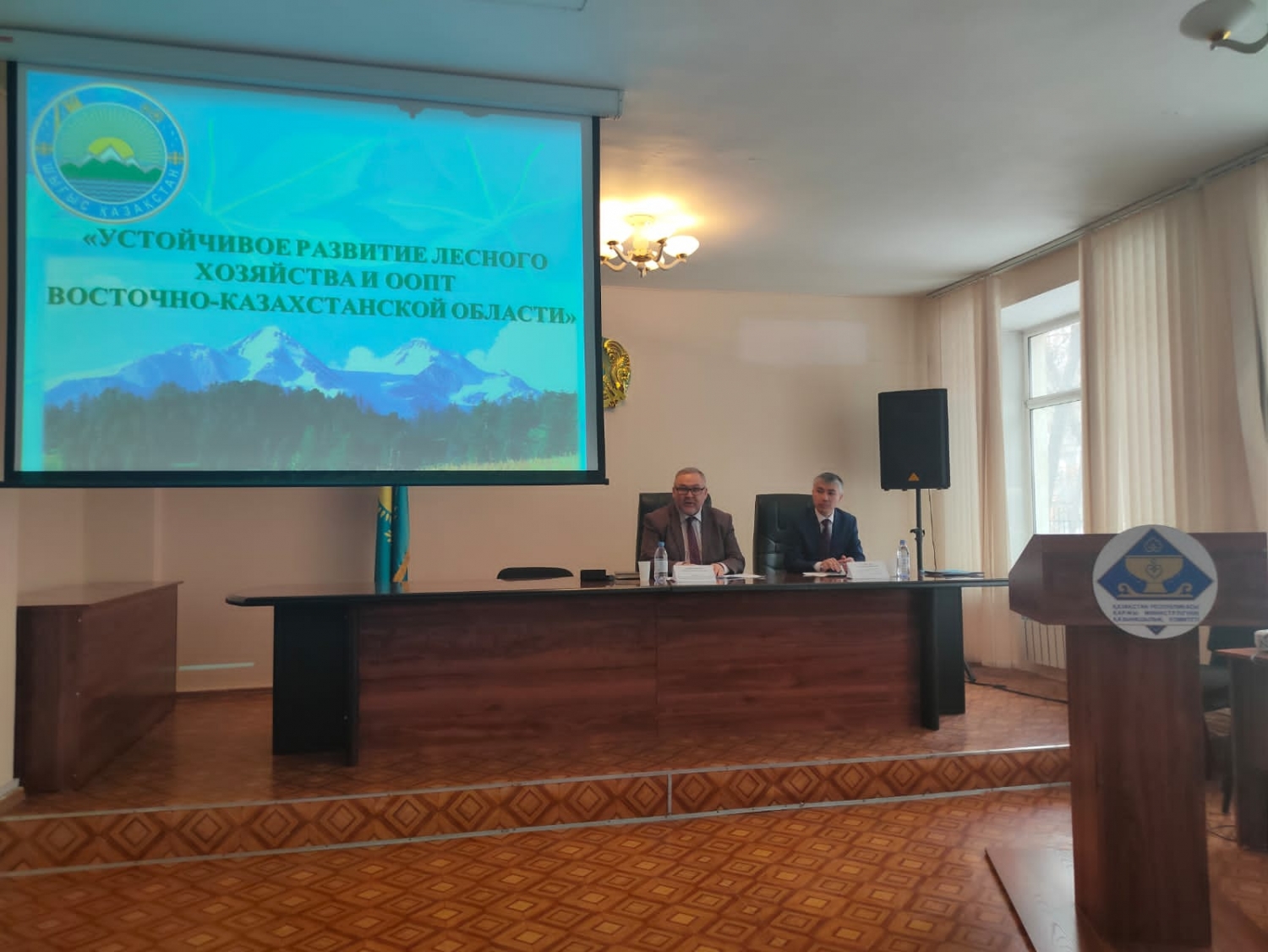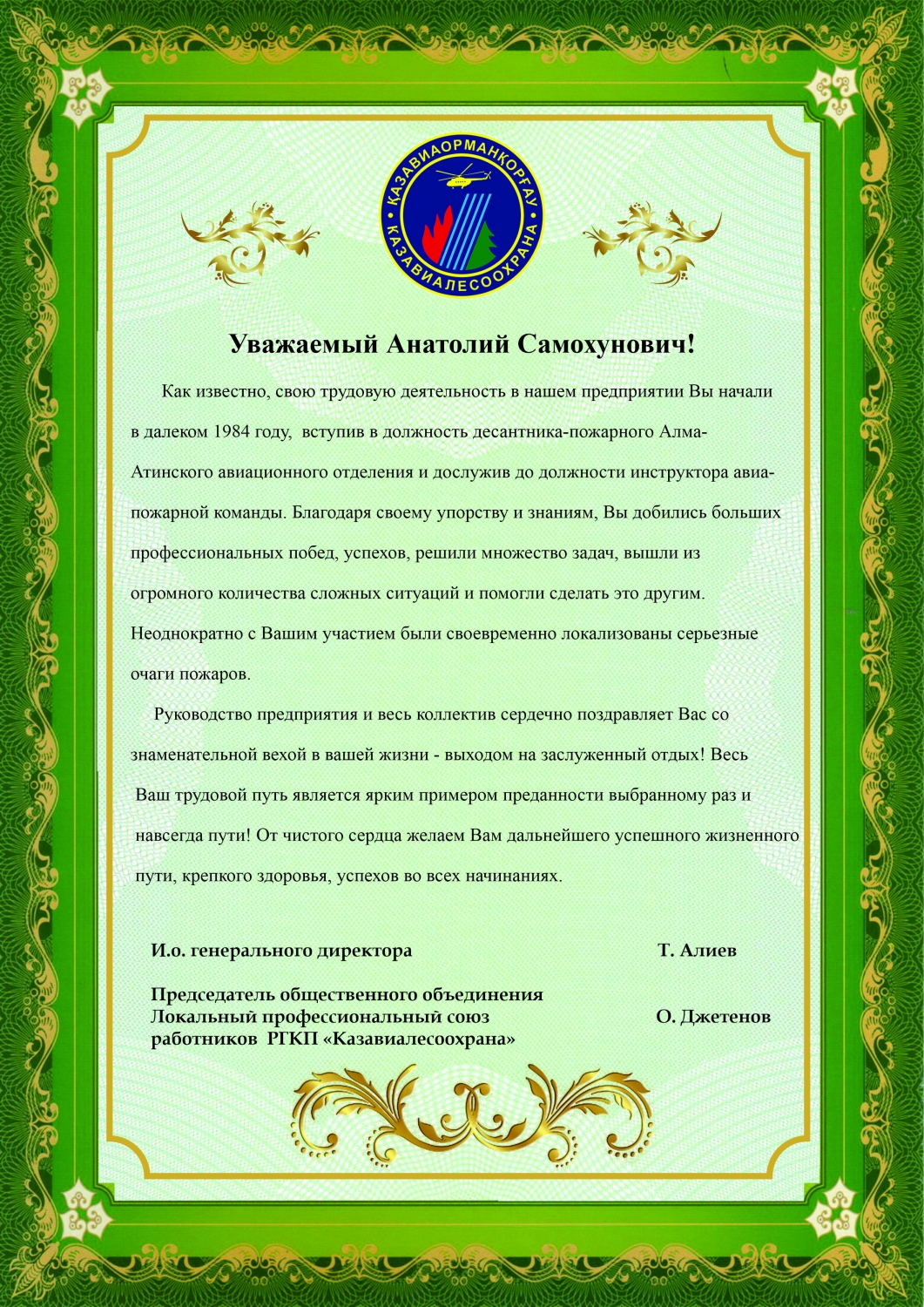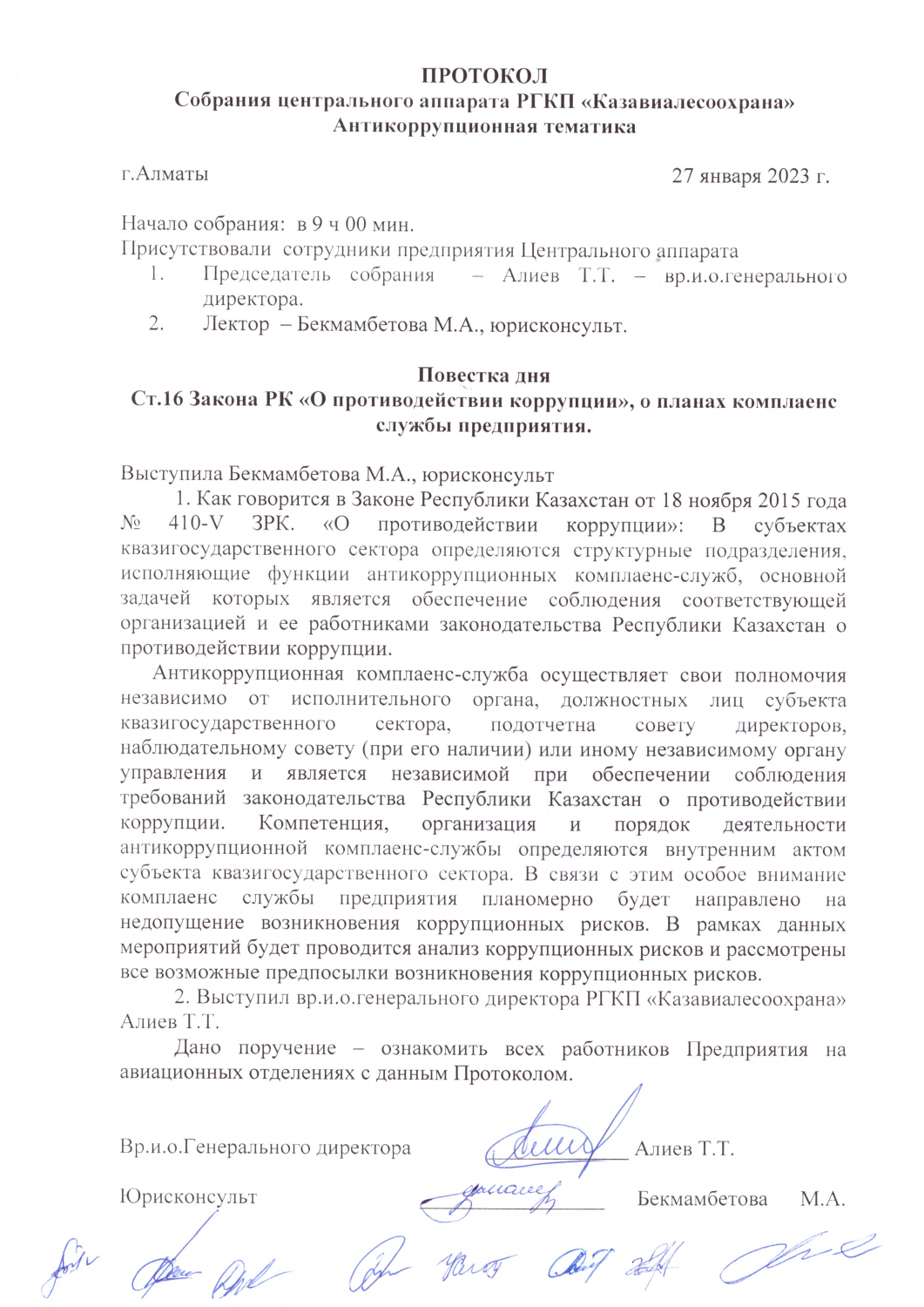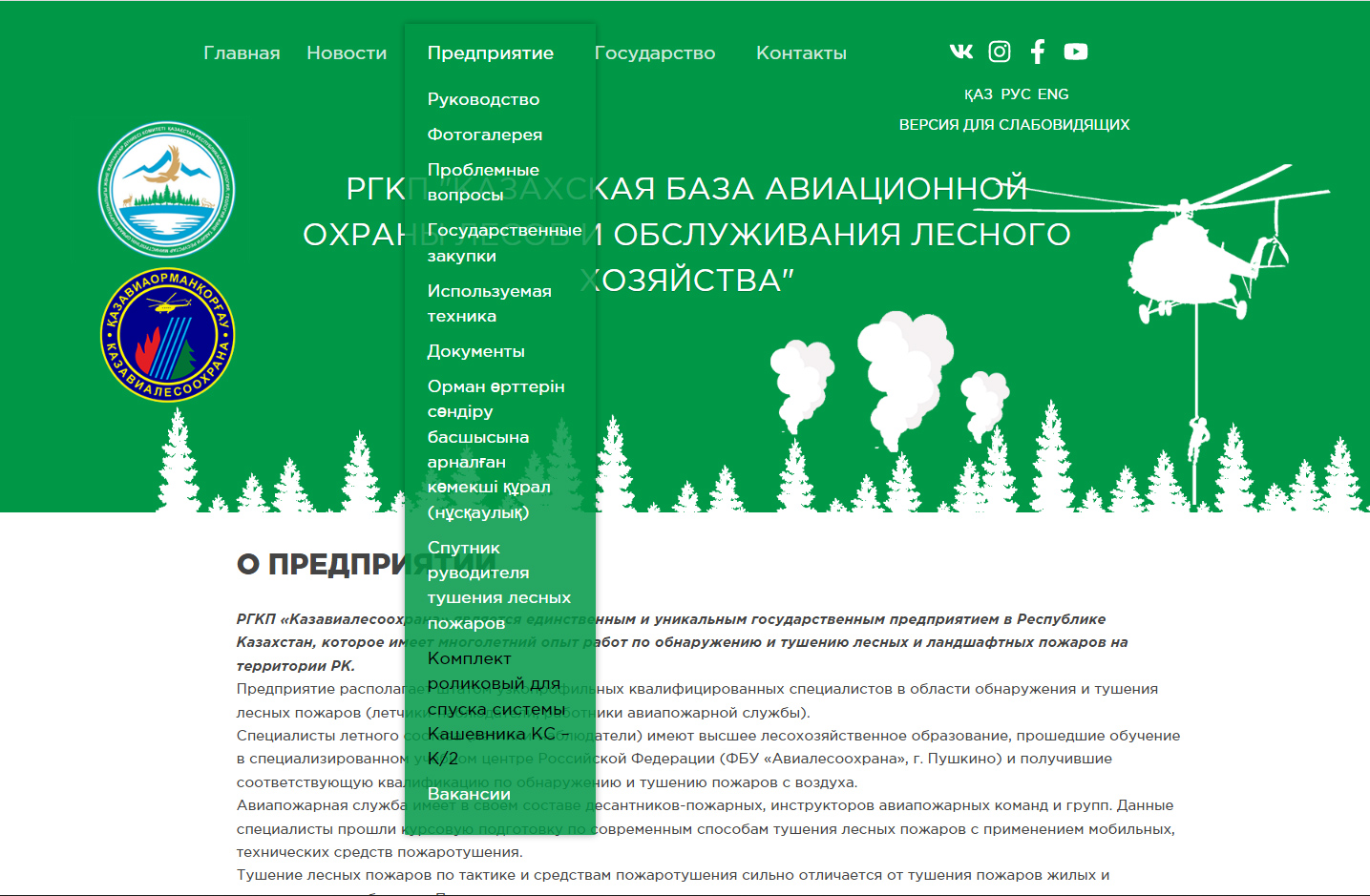"TAKING CARE OF NATURE IS A PRICELESS GIFT" - ILE-ALATAU STATE NATIONAL NATURE PARK (PART 1)
With this article, we begin a series of publications entitled "Taking care of Nature is a priceless gift", dedicated to the state national natural parks of our Homeland.Ile-Alatau State National Nature Park (Part 1)
 One of the tourist gems of Almaty is the Big Almaty Lake*.
One of the tourist gems of Almaty is the Big Almaty Lake*.
About the park
The Ile-Alatau National Park is located on the northern macroscline of the Trans-Ili Alatau and covers an area of 199 thousand hectares, being in close proximity to the city of Almaty. The length of the park territory from west to east is 120 km, and from south to north is 30 km. The absolute heights within which the national park is located range from 1200 to 5000 m.
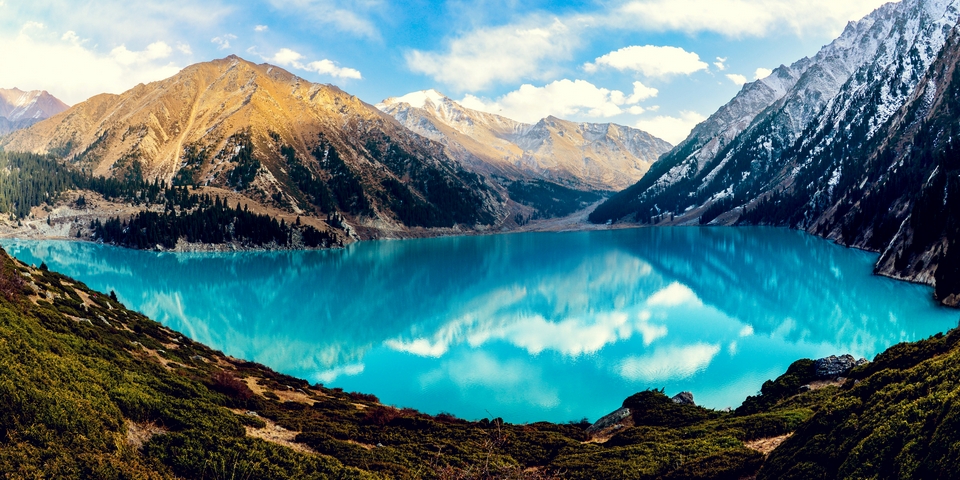 The main activity of the National Park:
The main activity of the National Park:
- Preservation of unique spruce and deciduous forests, numerous objects of the state nature reserve fund and historical and cultural heritage;
- Ensuring a special protection regime inside the national park and its buffer zone;
- Continuous environmental education of the local population, visitors and tourists of the park;
- Conducting scientific research in order to study biological diversity and develop methodological recommendations for its conservation;
- Implementation of environmental monitoring of objects of inanimate and living nature;
- Carrying out measures to restore disturbed natural complexes, objects of the nature reserve fund and historical and cultural heritage;
- Management of anthropogenic loads in the national park and its protected area for recreational, tourist, scientific, ecological, educational, limited economic and other purposes.
 To fulfill its tasks, the territory of the park is divided into functional zones: conservation regime, environmental stabilization, tourist and recreational activities, as well as limited economic activity.
To fulfill its tasks, the territory of the park is divided into functional zones: conservation regime, environmental stabilization, tourist and recreational activities, as well as limited economic activity.
There is a protective or buffer zone around the national park, the role of which is performed by the Almaty State Nature Reserve, subordinated to the National Park in 1998.
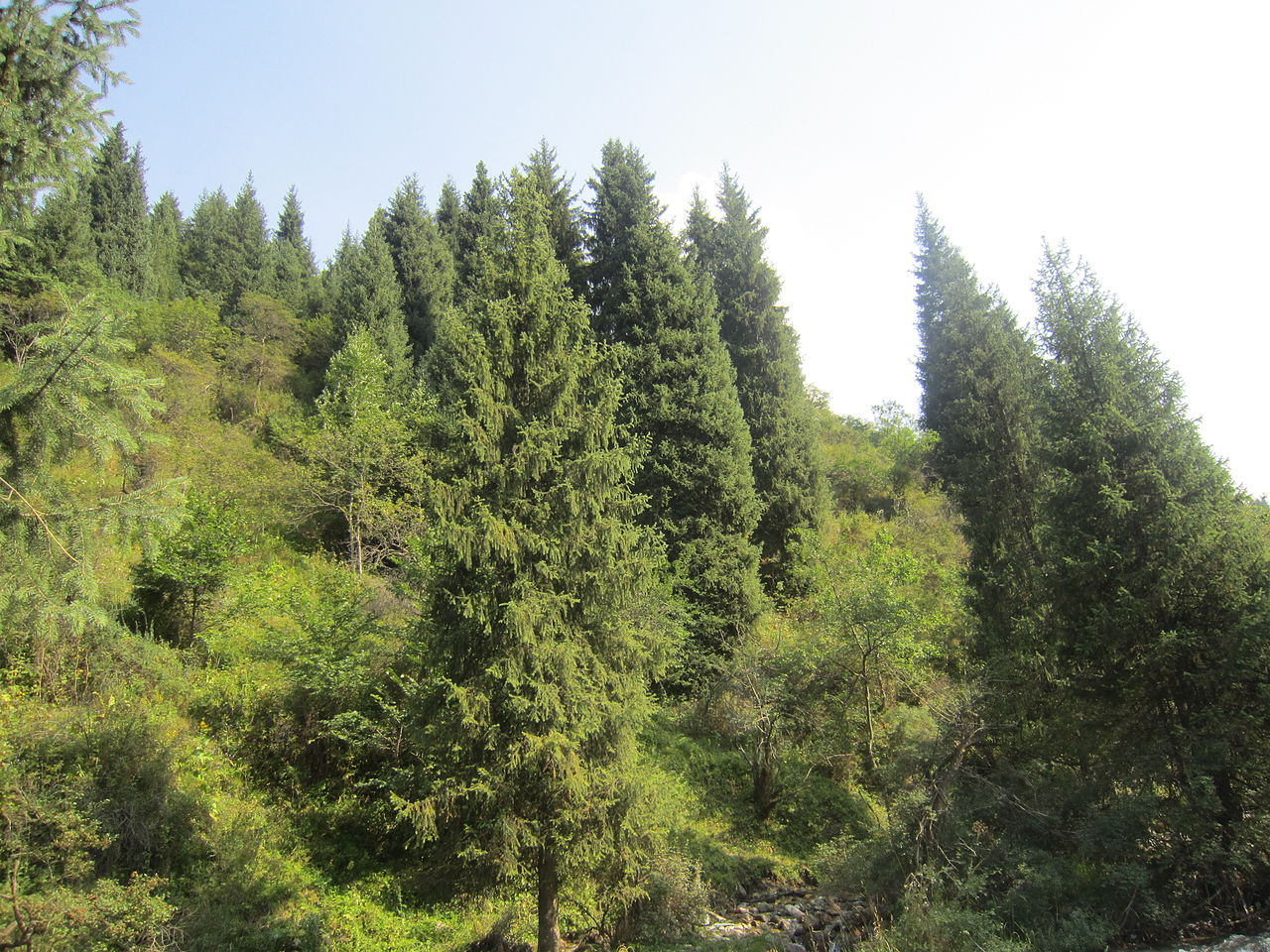 Queen of Tien Shan - Shrenka Spruce
Queen of Tien Shan - Shrenka Spruce
The main natural heritage of the Ile-Alatau Park is coniferous forests consisting of Shrenka spruce, as well as deciduous plantations of relict Sivers apple trees and wild apricot, aspen, birch, rowan, hawthorn, shrub and herbaceous plants. It is important to note that the Sievers apple tree is recognized as the progenitor of the entire modern assortment of this fruit breed in the world.
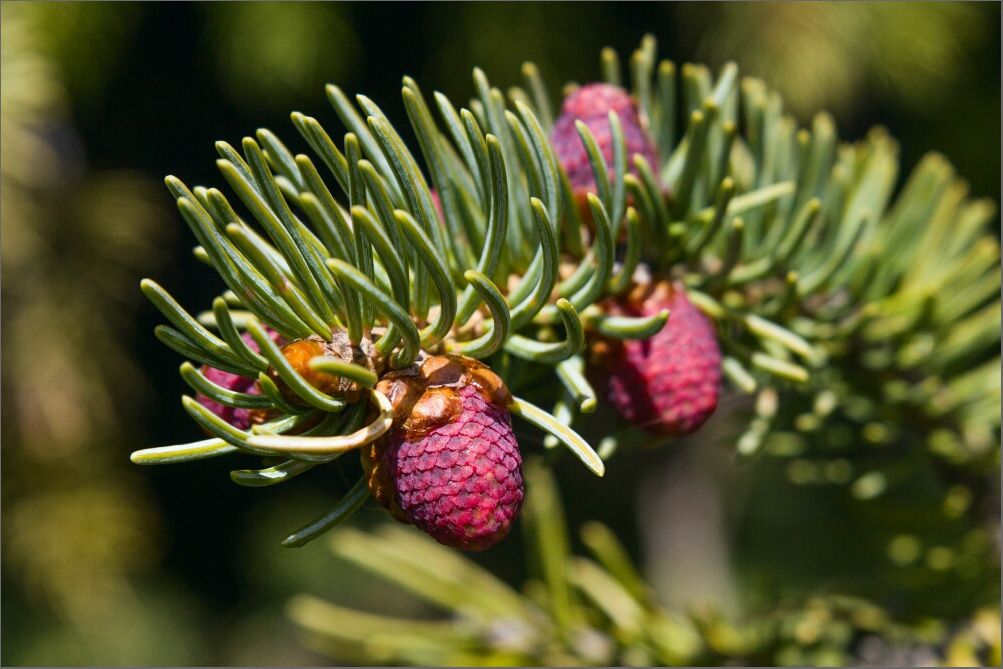 The national park contains unique natural monuments, such as relict moss spruce forests, waterfalls, alpine lakes, stone glaciers and glaciers, as well as cultural and historical heritage sites. These are the burial mounds of the Early Iron age, the famous Saka mounds, medieval settlements. An ancient road runs along the spurs of the Trans-Ili Alatau, along which tribes and peoples migrated in the distant past, and later the Great Silk Road appeared.
The national park contains unique natural monuments, such as relict moss spruce forests, waterfalls, alpine lakes, stone glaciers and glaciers, as well as cultural and historical heritage sites. These are the burial mounds of the Early Iron age, the famous Saka mounds, medieval settlements. An ancient road runs along the spurs of the Trans-Ili Alatau, along which tribes and peoples migrated in the distant past, and later the Great Silk Road appeared.
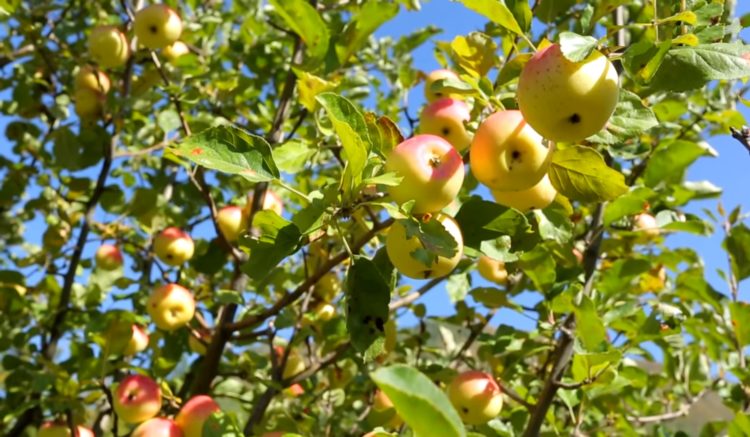 The richness and beauty of nature, monuments and objects of natural and cultural-historical heritage attract thousands of tourists to the national park. Dozens of hiking trails, automobile, hiking and equestrian routes are laid out in the park, conditions are created for a one-day and multi-day rest against the background of nature. The existing tourist infrastructure of the national park allows to receive and serve tourists at a high level.
The richness and beauty of nature, monuments and objects of natural and cultural-historical heritage attract thousands of tourists to the national park. Dozens of hiking trails, automobile, hiking and equestrian routes are laid out in the park, conditions are created for a one-day and multi-day rest against the background of nature. The existing tourist infrastructure of the national park allows to receive and serve tourists at a high level.
History of creation
Doctor of Biological Sciences, Professor, Honored Scientist of Kazakhstan, Academician of the Academy of Sciences of the Kazakh SSR, Academician of the National Academy of Sciences of the Republic of Kazakhstan I.O.Baitulin
 The history of the Ile-Alatau State National Natural Park begins in 1931, when the Almaty State Reserve was created in the Trans-Ili Alatau. Initially, it occupied an area of 15 thousand hectares. in the valley of the Malaya Almatinka River. In 1935, after increasing the area to 40 thousand hectares, and later to 856.7 thousand hectares, it became known as Alma-Ata, covering the entire ridge of the Trans-Ili Alatau. Regular scientific research on vegetation cover, forest typology, birds and mammals began to be conducted on this territory.
The history of the Ile-Alatau State National Natural Park begins in 1931, when the Almaty State Reserve was created in the Trans-Ili Alatau. Initially, it occupied an area of 15 thousand hectares. in the valley of the Malaya Almatinka River. In 1935, after increasing the area to 40 thousand hectares, and later to 856.7 thousand hectares, it became known as Alma-Ata, covering the entire ridge of the Trans-Ili Alatau. Regular scientific research on vegetation cover, forest typology, birds and mammals began to be conducted on this territory.
Soviet and Kazakh botanist, geobotany specialist, academician of the Academy of Sciences of the Kazakh SSR B.A.Bykov
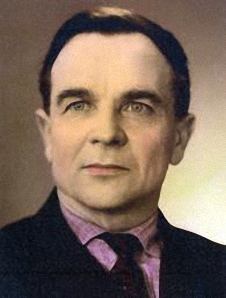 The initiators of the creation of the Ile-Alatau National Park were well–known Kazakh scientists - botanists, zoologists and soil scientists, including academicians of the Academy of Sciences of the Kazakh SSR B.A.Bykov, E.V.Gvozdev and I.O.Baitulin.
The initiators of the creation of the Ile-Alatau National Park were well–known Kazakh scientists - botanists, zoologists and soil scientists, including academicians of the Academy of Sciences of the Kazakh SSR B.A.Bykov, E.V.Gvozdev and I.O.Baitulin.
Soviet and Kazakh scientist-parasitologist, Academician of the Academy of Sciences of the Kazakh SSR E.V.Gvozdev
 They were well aware of the need to preserve unique forest ecosystems dominated by relict Schrenk spruce and red–listed hardwoods - Sivers apple and wild apricot. The primary task in the conditions of an increasing flow of tourists and vacationers was the preservation of other natural complexes with all elements of biological diversity, as well as glaciers, lakes and mountain rivers that provide water to Almaty and many other settlements.
They were well aware of the need to preserve unique forest ecosystems dominated by relict Schrenk spruce and red–listed hardwoods - Sivers apple and wild apricot. The primary task in the conditions of an increasing flow of tourists and vacationers was the preservation of other natural complexes with all elements of biological diversity, as well as glaciers, lakes and mountain rivers that provide water to Almaty and many other settlements.
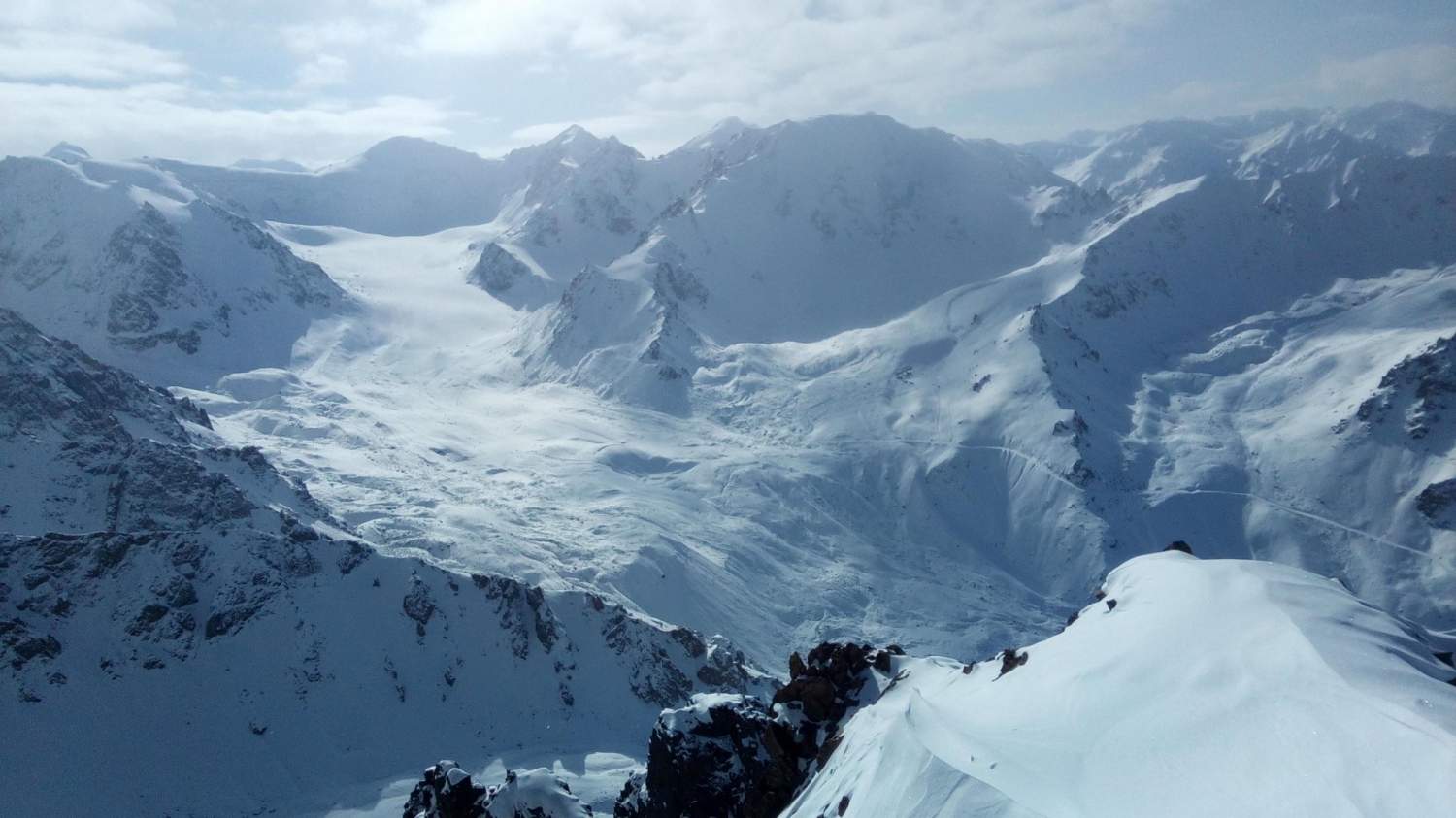 Tuyuk-Su Glacier
Tuyuk-Su Glacier
* The big Almaty Lake was formed as a result of the activity of an ancient glacier. Retreating, he left behind a moraine – a pile of detritus: rubble, stones, earth. Subsequently, meltwater filled the resulting basin. A high-altitude reservoir located in the Trans-Ili Alatau at an altitude of 2511 m above sea level, 15 km south of the center of Almaty. The water temperature in summer is 10-12 C.
 Peak Tips
Peak Tips
Three main peaks rise above the lake, they can be seen from the northern end of the dam: Soviets Peak (4,317 m) – in the southeast; Ozerny Peak (4,110 m) - in the south, up the river valley; and the wooded slopes of Tourist Peak (3,954 m) are located southwest of the lake. Depending on the time of year, the lake changes its color – from light green to turquoise blue. At the top, at an altitude of 2,700 m above the blue bowl of the lake, in a very ancient glacial valley, there is an observatory village with spectacular domes, which is called the "Tien Shan Astronomical Observatory". And even higher, at an altitude of 3,300 m, near the Zhasylkezen pass, there is a Cosmic Ray Research Station (Cosmostation). The Big Almaty Lake is rightfully considered a popular holiday destination.


